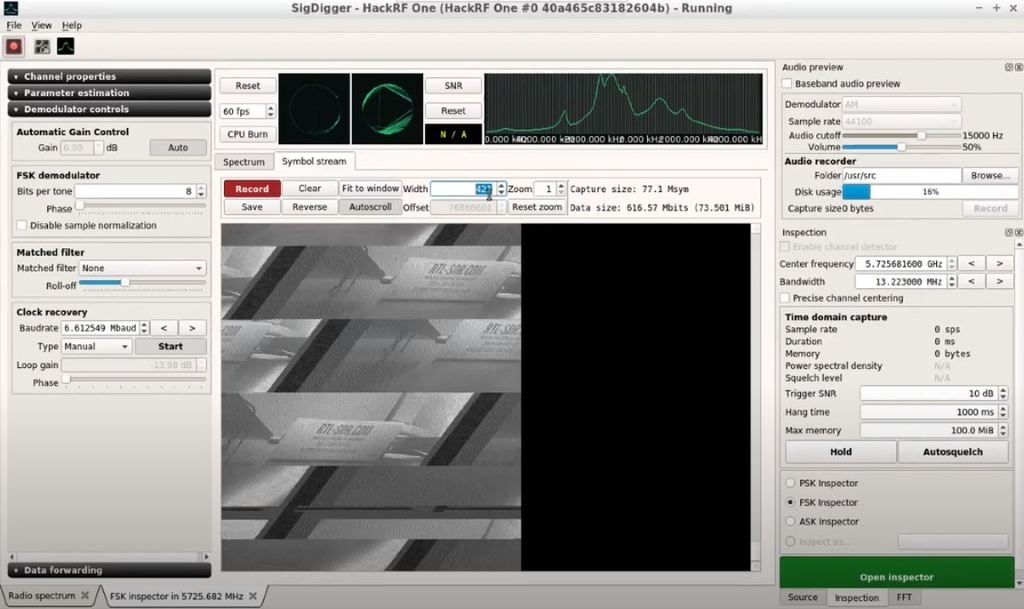The YouLoop Passive Loop Antenna Reviewed on HF Reception
Thank you to Robin from the "Frugal Radio" channel on YouTube for submitting his latest video which is a review of the Airspy YouLoop antenna that we currently have for sale on our store for $34.95 including shipping.
The YouLoop is a low cost passive loop antenna for HF and VHF. It is based on the Möbius loop design which results in a high degree of noise cancelling. However the main drawback is that it is a non-resonant design, which means that it needs to be used with ultra low MDS receivers like the Airspy HF+ Discovery. However, a high performance HF pre-amp will be available in the future which will allow it to work well with other radios too.
In his video Robin tests the YouLoop on the HF bands with an Airspy HF+ Discovery and he demonstrates excellent noise free reception from his location. In terms of his setup he notes:
I am running Spyserver on a 10 year old Windows 7 laptop in the loft. The same laptop is also running 3 x SDRSharp instances (following 2 digital trunking systems). It runs 4 x simultaneous Zello instances each providing a high quality audio feed to my Network Radio / phone.In terms of noise-creating equipment nearby, there is
- a second laptop used for other duties
- a Pi 3B used for ADS-B reception, feeds & a second instance of spyserver
- a Pi 3A with MMDVM module performing as a hotspot
- a Motorola HT charger
- 5 x base station scanners
This means there are 10 x switched mode power supplies constantly running, as well as 4 x 24/7 WiFi devices.All this equipment is within 10ft of the YouLoop antenna, was one of my primary reason for choosing a passive loop.Since making the video, cable clips have been added provide support to the antenna which means it is now in the correct shape of a loop. That means I am unable to rotate the antenna to make use of the nulls when receiving. However I am very pleased with the performance based on the location, noisy environment, and frugal pricing :-)



